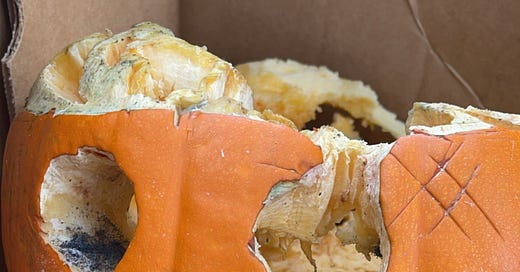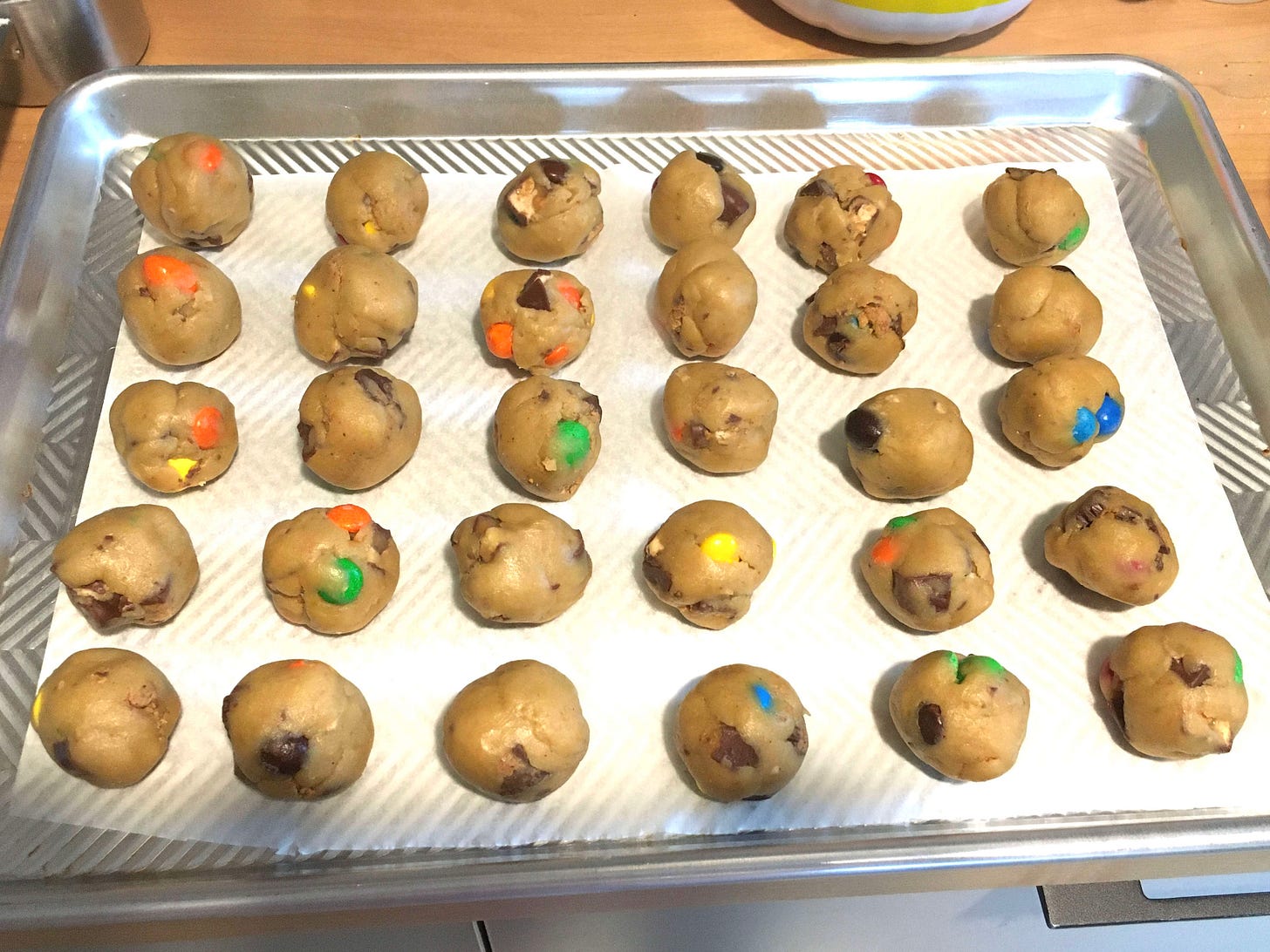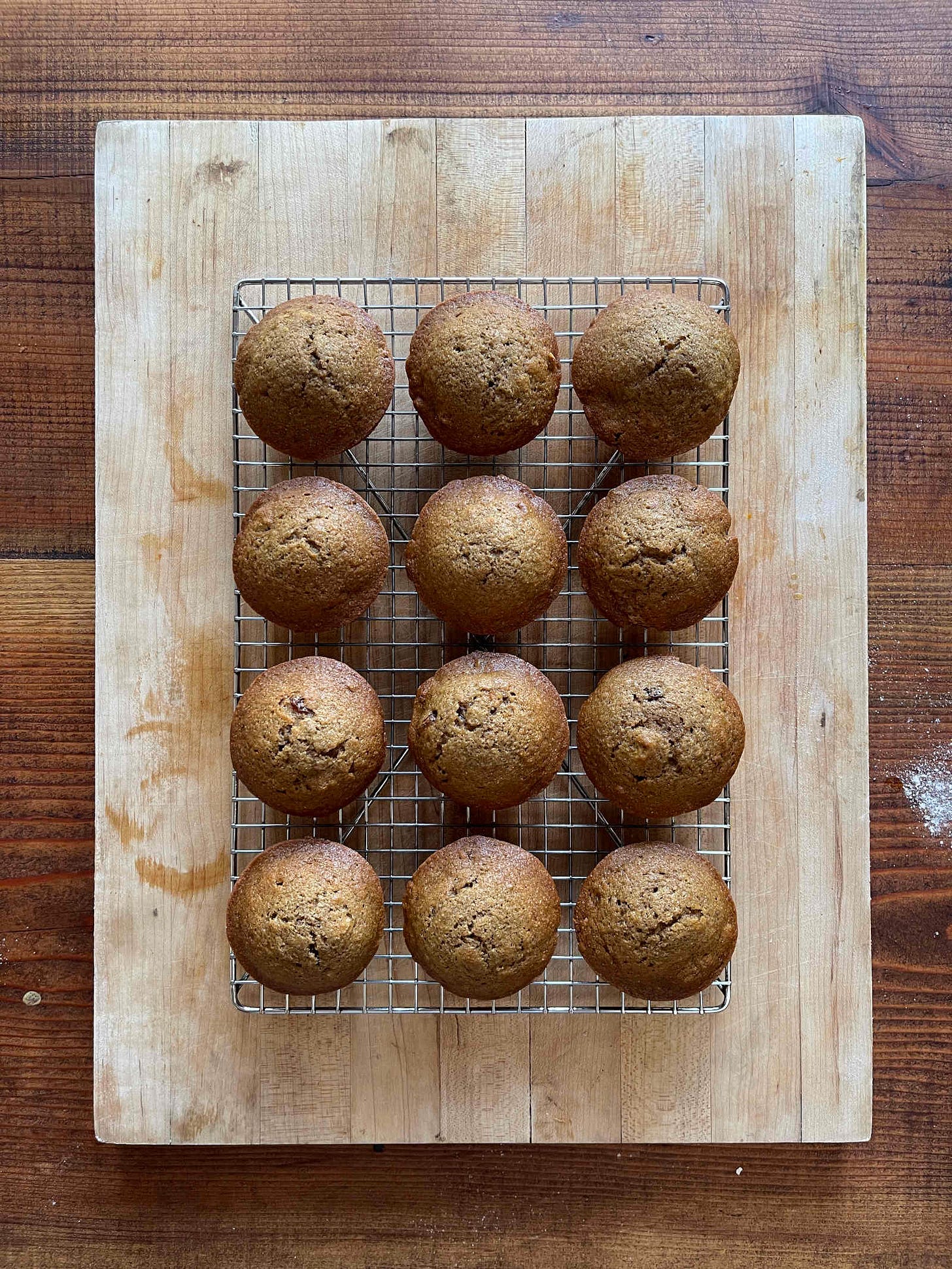According to a giddy National Retail Federation (NRF), Americans will spend a whopping $12.2 billion dollars on Halloween this year, well above last year’s record of $10.6 billion. Consumers will buy costumes and candy and decorations and cards—and I imagine more garbage bags.
Although my family calls today’s newsletter my “annual pooping all over Halloween,” the following simple tips won’t take away from the fun. In fact, I think they’ll have the opposite effect. And most will save money.
1. Hand out lower-waste treats
Depending on how well you know your neighbors, you could buy bulk candy and divide it up into small paper bags to hand out.
If you suspect bulk candy will scare the neighbors, your bulk store may sell individually foil- or paper-wrapped candies in bulk. This will generate some waste but at least you can eliminate the plastic bag containing the individually wrapped candy by bringing your own reusable bag to fill. And you can buy just the amount of candy you’ll need.
Someone on Instagram told me they give out 50-cent pieces at Halloween. Kids rarely see 50-cent pieces and may love to get one. Of course, if hundreds of kids come knocking on your door, you likely won’t want to hand out cold hard cash. Seed packets might also work.
2. Make cookie dough with excess Halloween candy
One year when my daughter Charlotte lived with relatives in Montreal, they amassed huge piles of Halloween candy. So Charlotte made cookie dough and in lieu of chocolate chips, stirred in M&Ms, Smarties and chopped-up chocolate bars. She froze some of the cookie dough balls to bake later.
If you do lots of baking over the holidays, you can start after Halloween, scratch one item off of your to-do list, put surplus candy out of sight and save money. Or, as someone suggested on Instagram, save Halloween candy to decorate gingerbread houses over the holidays. So smart!
3. Find or arrange a Halloween costume swap
Flimsy synthetic (i.e. plastic) costumes pollute at every point along their lifecycle, from extraction of raw material (fossil fuels), to refining (too often in frontline communities), to manufacturing, to shipping, to disposal in a landfill, incinerator or the natural environment. By swapping costumes you’ll help reduce this plastic pollution.
According to the 2019 Halloween Clothing & Costumes Survey,
UK Halloween celebrations generate over two thousand tonnes of plastic waste from clothing and costumes alone. The investigation found that 83% of the material in 324 clothing items promoted through online platforms of retailers was oil-based plastic.
And that’s just in the UK. Everything is bigger here in the US—the holiday and the waste. This year, Americans will shell out:
$2 billion on adult costumes
$1.4 billion on children’s costumes
$0.7 billion on pet costumes
Members of your Buy Nothing Group have probably posted a bunch of costumes online. Perhaps you’ll also find a pet costume. Whether you bought the costume you’ll torment Fido or Fluffy with or you found it for free, your pet won’t know the difference.
4. Search for costume inspirational at a thrift shop or creative reuse center
According to the EPA, the majority of textile waste consists of clothing. Keeping clothes out of landfill, even just a costume, can only help. And while laws prohibiting clothing manufacturers from doing whatever they want would make greater progress, we can each do what we can.
Find inexpensive secondhand clothes for your costume at a thrift shop. If you live near a creative reuse center, you’ll find all kinds of materials there for crafting a costume. (Go here to read how my local creative reuse center, FabMo, keeps 70 tons of designer materials out of landfill every year.)
5. Go for natural decorations
Synthetic cobwebs (that can entangle small birds), plastic pumpkins, plastic skeletons and plastic tombstones are all derived from fossil fuels. As we electrify everything, Big Oil needs a market for its product. To keep the oil and money flowing, it has poured hundreds of billions of dollars into building more plants to produce more plastic.
Dried leaves, sunflower heads, cornstalks and cardboard can go into a festive display that then becomes mulch on November 1st.
6. If you send cards, get creative and make them
This year, Americans will shell out $500 million for Halloween cards, according to the NRF, down $100 million from last year. Perhaps inflation has put a dent in card-buying madness. Skipping a $12 greeting card seems like a good way to economize.
Fortunately, cards are fun to make and kids love making them. Rummage through the paper recycling bin, a fabric and button stash if you have one and other craft materials on hand. You’ll make a one-of-a-kind card, save money and enjoy the process.
7. Keep pumpkins out of landfill
Every year after Halloween, 1.3 billion pounds of pumpkin heads to US landfills, where it generates polluting methane gas as it decomposes. On the upside, we can reduce that waste quite easily and doing so has zero downside. Here’s how:
Eat your pumpkins. Buy pie pumpkins and rather than carving them, decorate them with paper, leaves, acorns, corn husks, feathers, seeds and so on. Gluing decorations on with natural (edible even) wheat paste or rice glue makes removal very easy. Still intact, the pie pumpkins will later make wonderful pumpkin pie or pumpkin muffins—or pumpkin anything.
Carve fewer pumpkins. And when you do carve a pumpkin, save the seeds to roast (go here for the recipe). Set aside any flesh you cut out and either cook it or add it to your scrap vegetable broth stash in the freezer.
Wait to carve any pumpkins until the day of Halloween (or close to it). Jack-o-lanterns begin to decompose quickly (depending on your climate) and moldy pumpkins have fewer disposal options.
A nearby farm or zoo or chicken-raising neighbor may want your non-moldy pumpkins to feed to their animals. Or add the pumpkin to homemade dog treats.
Compost serves as a last but crucial resort after exhausting other options. If you can’t compost at home, find a neighbor with a bin or a community garden that accepts food scraps. Or check the app ShareWaste for people accepting food scraps in their compost bins.
If you do compost at home, ask your neighbors or your Buy Nothing group members for their carved pumpkins. Add those nutrients and water back to your soil—for free!
Bury your carved pumpkins in a raised bed or directly in the ground. You may get free pumpkins next year!








Pie pumpkins make the best pies. In Australia, pumpkin is roasted and served. My dentist used to give out toothbrushes. I have so few trick or treaters that I give out quarters.
thank you. going to send this message out to my morning email group tomorrow morning and i'm going to plant my neighbor's pumpkins in my veg garden. what a great idea.